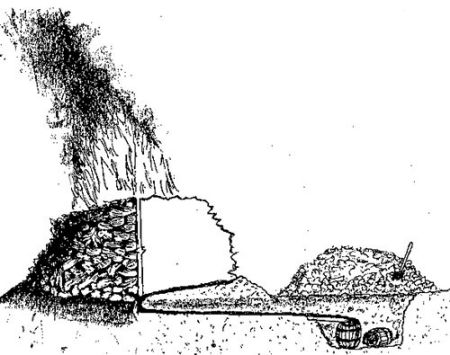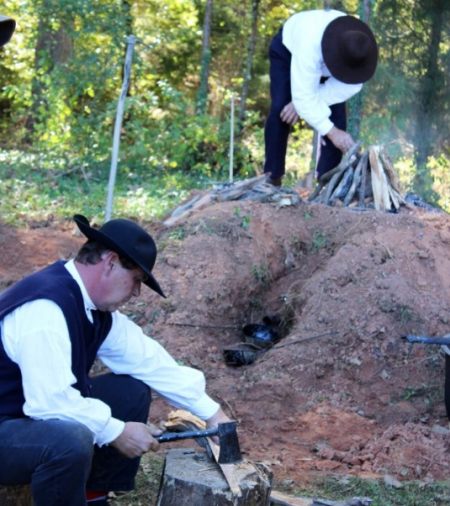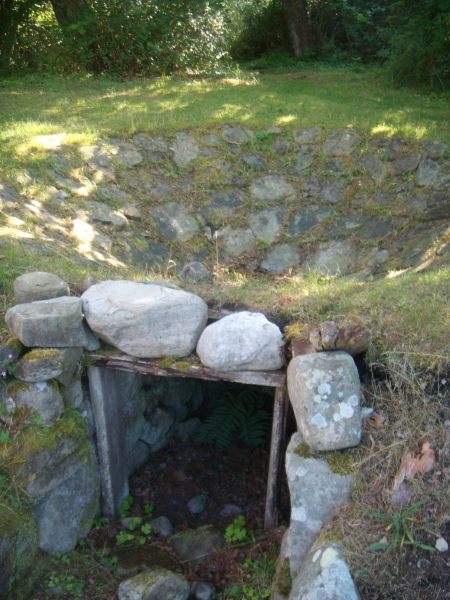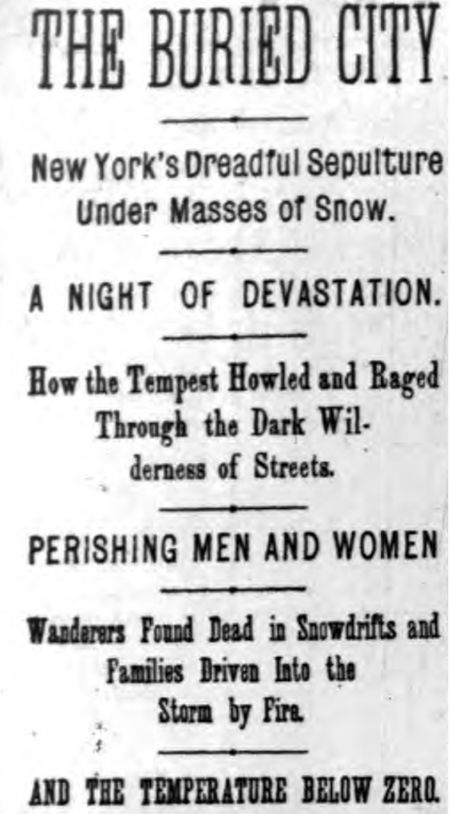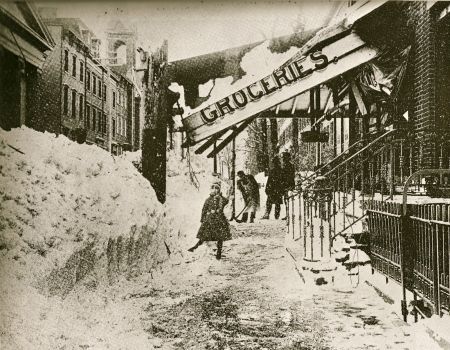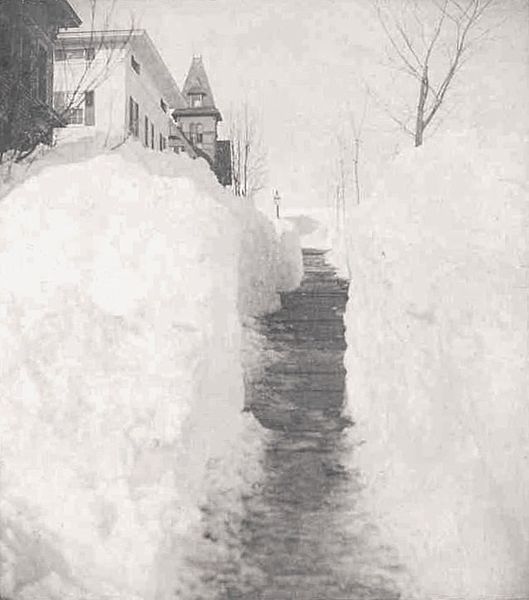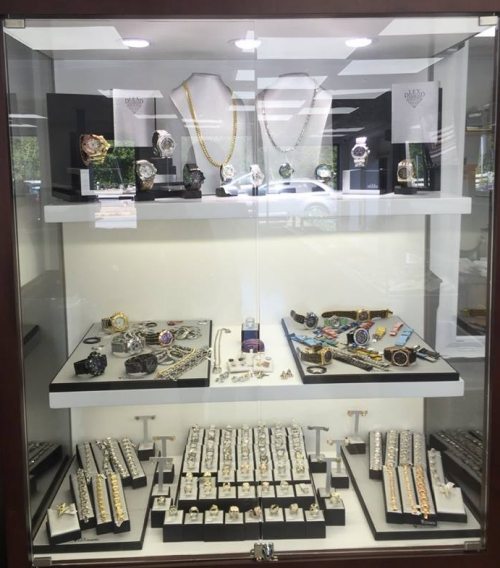Foodie’s Guide to Regional Gastronomy: Linguiça and Chouriço
In this series, we hope to highlight and showcase in as interesting a way as possible, the stories behind our favorite, mouth-watering local dishes. While we’ll focus on greater New Bedford and the South Coast, we will occasionally “travel” to places like Plymouth, Providence or even Boston. I will attempt to keep it light-hearted, fun and easy to read. While I can’t promise to keep you compelled and pull you along with prose – that would take a professional writer – I will promise to be liberal with the drool-inducing images of these dishes.
I grew up in a Sicilian household where everyone – man, woman, child – was participating in preparing meals. It was a “trick” to get everyone together, talking, laughing and, of course, the occasional heated debate. Food was a huge part of our identity, where we came from, who we were. There was something special about the atmosphere that revolved around a meal that we prepared.

You haven’t lived until you’ve had at least one Chouriço Bombeiro! (Catavino.net)
This is certainly not unique to a Sicilian household. Every ethnic group in the country has a proud culinary tradition that they grew up around. You can easily replace “Sicilian” with Irish, Vietnamese, Portuguese, Ethiopian, Greek or anything else. This is why food as a topic is always so popular. We humans love our food and that passion goes beyond the gustatory or taste – we crave the aromas, delight in the presentation, are fueled by the atmosphere, and relish – pardon the pun – discussion about our favorite dishes, restaurants or cuisines.
One thing that is often not discussed, is glossed over, or barely touched upon, is the history or background of these dishes. Now, to some, this conjures up the voice of the guy from the “dry eyes” commercial. The terms, for many, are synonymous with “boring,” “dull,” or “It’s time to go.” However, the background can be interesting, fun, or funny and it can be so without being facetious, dumbed-down or popular. I will make every attempt to maintain a fresh balance with this series.
As always, feedback is encouraged. Anecdotes are wanted. Discussion is paramount. Please join in.
_______________________________________________________________________
In this inaugural installment, I felt it was fitting to cover something Portuguese. It is perhaps the largest ethnicity in New Bedford and linguiça/chouriço are something we’ve all tried and likely devour frequently. While both are so ubiquitous in this area, outside of Portuguese communities mention either one and you’ll get silence and puzzled faces.
Imagine the horror of never having had Portuguese food, especially linguiça? These poor deprived souls. They must wander through life feeling a sort of emptiness inside but never able to place a finger on what exactly it is. If there is such a thing as hell on earth, it must be a place without Portuguese food.

Little treasures of smoked happiness curing in preparation for your plate or “pop”
Hyperbole aside, linguiça and its sister chouriço, are part and parcel of our everyday lives, whether we are Portuguese or not. It’s like the greater New Bedford’s “Oreo Cookie” in the sense that there is no end to the debate on how one should eat them. Should they be grilled? Slapped on a pop? With mustard or without? Cheese or no cheese? On pizza? Should they just be heated up lightly or cooked until charred? Are they mildly spicy or without heat? Who makes the best? These are fighting words! Epa!
Linguiça and chouriço are of course, types of sausage. The Portuguese excel at a variety of sausages – what they call enchidos – with these two just being the most popular. Other enchidos include the ancient Alheira made with chicken and created to make it a bit easier for Jewish people to convert, morcela or blood sausage, or presunto, their version of Italian prosciutto, to name a few. The word linguiça is derived from the Italian word luganega, from the ancient Lucanians who used to make linguiça-style sausages in ancient Rome.
What’s not to like about the smoked, cured, seasoned pork sausage packages of happiness? Not only delicious to young and old, man and woman, capitalist and communist they take very little time to prepare. They can be served on a plate or slapped in a pop and made into a street food. They are inexpensive, require no special cooking skills to heat up, and can be paired with just about anything, e.g. rice, potatoes, salad, coleslaw, beans, etc.
Being cured was a technique that preserved food for longer periods of time – crucial for long naval trips that the Portuguese are famous for throughout history. Having a hold full of linguiça to survive a fishing trip or even one across the Atlantic doesn’t sound bad at all and certainly made things a bit easier to..ahem, swallow. In a culture where the economy or environment dictated that every part of the animal be used, this is an ingenious way to make the worst or less popular cuts of meat like organs, more palatable. Particularly clever is it packages the meat in a casing made from something that wouldn’t have much of a use and be tossed away as useless: the intestines.
In a culture where the economy or environment dictated that every part of the animal be used, this is an ingenious way to make the worst or less popular cuts of meat like organs, more palatable. Particularly clever is it packages the meat in a casing made from something that wouldn’t have much of a use and be tossed away as useless: the intestines.

What’s your favorite way to prepare linguiça or chouriço? (Dennis Wilkinson)
Anywhere that the Portuguese navigated to for trade or colonization, adopted this popular sausage. Azoreans and Madeirans will tell you that theirs is prepared differently than that on the mainland. Brazil has traditional Portuguese linguiça but because Italians immigrated to Brazil in its youth it has two Italian influenced versions: linguiça Toscana and linguiça calabresa which utilized Italian calabresa peppers. The Portuguese colonized Goa, a city in Western India and there you will find that the Goans took traditional chouriço and added ginger, red chilies, more vinegar, and in some cases turmeric or even yellow curry powder. In Okinawa they mince it and make it into a stuffing or a coating like panko.
Even within the United States and parts of Canada you will find enclaves of Portuguese communities different than what we have in greater New Bedford, albeit only slightly, and often the difference is in ratios of ingredients not flavor profiles. There are Portuguese communities in Seattle, New Jersey, Connecticut, and California. Most notably, the Hawaiian version is a bit larger, may contain beef and they serve it in a hot dog bun with the typical hot dog condiments. Sounds kind of blasphemous, if you ask me.
As with all great foods, there is debate attached to linguiça and chouriço. Which one of these two is better? Is there a difference? What is it? Does Gaspar’s or Amaral’s make the best? Many would counter that with a “My avó make the best, that’s who.” But both those companies make a fantastic sausage – more than people would admit, when avó was about. It would take a brave soul to stand up in a crowd at a Portuguese family gathering and declare “Amaral’s makes better linguiça than my avó.” Brave and stupid.
Not only do those two companies and everyone’s avó probably make insanely delicious enchidos, but the many Salchicharia’s in the area do as well. Not having an avó myself, and preferring to support the local, little guy, I get mine from New Bedford Salchicharia. The Umbelina family makes fresh, microbatches of make you cry good linguiça and chouriço, often making seasonal -like a chicken linguiça with dried cranberries around the holidays. Regardless, I would accept linguiça or chouriço from the supermarket or someone’s grandmother or aunt. I have never had bad linguiça or chouriço.

The crazy Hawaiians treat linguiça like it’s a hot dog.
So what is the difference between these two enchidos? Well, it’s tough to get a clear, defined answer. Some say, just the color: chouriço has a brighter red color from more paprika. Others say chouriço has more garlic, pepper and is the spicier of the two. I’ve heard linguiça has a dash of anise and chouriço has none. Chouriço is supposedly chunkier and more coarse and linguiça is fattier. Bring up a quality that is supposed to be singular to one and I’ll point out someone who says the opposite is true. There is even a group that states that the difference is exactly “zero.” I doubt this debate will ever be defined to the point that arguing will cease.
What we have here is a case of a myriad of manufacturers with different recipes. These recipes were likely handed down through the generations and you damn well better be loyal to your family’s linguiça. That meant you grew up with linguiça a certain way and felt that it was the way it was made. The same thing goes on in Italian households. Everyone’s nonna supposedly makes the best red sauce and it supposed to have “x” many ingredients in an exact ratio or keep it away from me.
What we will have to debate is who makes better linguiça or chouriço between New Bedford and Fall River. We should have a friendly linguiça face-off to determine who has the best. A sort of Superbowl type event where the trophy goes to the city with the best based on a taste test or vote at a festival. We have Chowderfests where people make traditional and creative versions – why not have something based on a food we all love? Mayors and City Councilors could use it as a platform “We will send those wannabes in Fall River packing by proving what we already know: New Bedford makes the best linguiça and chouriço.”
I kid, of course.
We already know that New Bedford makes the best.
_______________________________________________________________________
Got an idea for the next article? Is there a food you grew up on, but never knew the history behind it? Want to share a recipe? Want to brain the author with a frying pan? Send us your messages!




